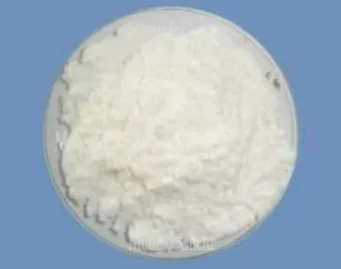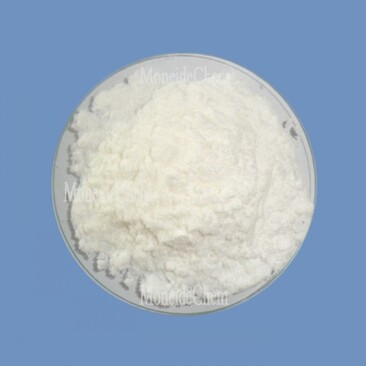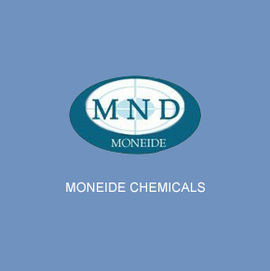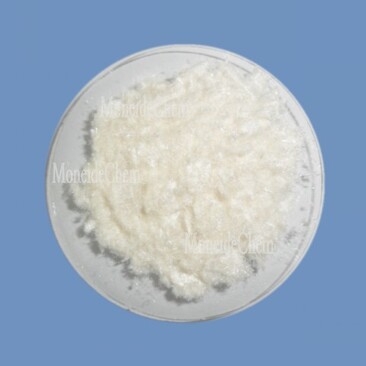Welcome to Tangshan Moneide Trading Co., Ltd.
Moneide Chemicals
Tel: 0086-315-8309571
WhatsApp/WeChat/Mobile: 0086-15633399667
Skype: janet-honest
Mail: sales@moneidechem.com
Address: 2-7-523 Jidong Building Materials Commercial Center, Tangshan, Hebei 064000 China
Advancements and Applications in Electrochemical Plating Technologies
- Time of issue:6 月 . 09, 2025 13:44
(Summary description)Tangshan Moneide Trading Co., Ltd. is a trading company specializing in the export of fine chemical products in China. Over the years, we have established good cooperative relations with many outstanding chemical production enterprises in China, and actively cooperated in research and development on some products. Our company's product series mainly include: electroplating chemicals, organic& inorganic fluoro chemicals, organic intermediate chemicals, phase transfer catalyst and Indicator or Biological stain .
- Categories:Company dynamic
- Author:
- Origin:
- Time of issue:2019-12-30 10:55
- Views:
In the realm of surface engineering and material science, electrochemical plating techniques have revolutionized the way materials are modified to enhance their properties. These processes, which involve the deposition of metallic layers onto substrates through electrochemical reactions, play a pivotal role in industries ranging from electronics and automotive to jewelry and aerospace. The keywords electro chemical plating, electroplating acid, electroplating additives, electroplating with silver nitrate, and gold cyanide electroplating represent key components and variations within this field, each contributing to the precision and functionality of plated products. Electro chemical plating is a versatile process that relies on an electrolytic cell to deposit a thin, adherent metallic layer onto a substrate. The substrate, acting as the cathode, is immersed in an electrolyte solution containing metal ions. When an electric current is applied, these ions are reduced at the cathode, forming a uniform coating. This technique is widely used to improve the corrosion resistance, electrical conductivity, and aesthetic appeal of materials. For example, in the automotive industry, electro chemical plating is employed to coat steel components with chromium, enhancing their durability and shine. The process can be adapted for various metals, including copper, nickel, silver, and gold, making it indispensable for diverse applications. Electroplating acid solutions are frequently used to create an optimal environment for metal deposition. Acids such as sulfuric acid, hydrochloric acid, or citric acid are added to the electrolyte to adjust the pH, promote metal ion solubility, and facilitate uniform plating. In acidic environments, certain metals like copper or nickel dissolve more readily, ensuring a steady supply of ions for deposition. For instance, in copper electroplating, sulfuric acid not only increases the conductivity of the electrolyte but also prevents the hydrolysis of copper ions, leading to a smoother and more consistent coating. However, the use of electroplating acid requires careful control to avoid excessive corrosion of the substrate or uneven deposition. Electroplating additives are crucial components that refine the properties of the deposited layer and improve the efficiency of the plating process. These additives, which can include organic compounds, surfactants, or brighteners, perform various functions such as reducing surface tension, suppressing hydrogen evolution, and enhancing the brightness or hardness of the coating. For example, in nickel electroplating, additives like butynediol or saccharin are used to produce a bright, ductile layer with improved wear resistance. Electroplating additives also help in achieving uniform thickness across complex geometries, minimizing defects such as pitting or burning, and controlling the rate of metal deposition. Their precise formulation is essential for meeting the specific requirements of different industries. Electroplating with silver nitrate is a specialized technique used to deposit silver layers, valued for their high electrical conductivity and reflective properties. Silver nitrate, when dissolved in an electrolyte, provides a source of Ag⁺ ions that are reduced at the cathode to form metallic silver. This process is commonly used in the production of electrical contacts, mirrors, and decorative items. To ensure adhesion and uniformity, the substrate is often pre - treated with a strike layer of copper or nickel. The electrolyte for electroplating with silver nitrate may also include additives to prevent the formation of dendritic growths and improve the smoothness of the silver coating. Proper control of current density and temperature is critical to achieving a high - quality deposit. Gold cyanide electroplating is a widely used method for depositing gold layers, prized for their corrosion resistance, aesthetic appeal, and electrical properties. In this process, gold is dissolved as a cyanide complex (Au(CN)₂⁻) in the electrolyte, which allows for stable and uniform deposition at lower potentials. The cyanide ions act as a complexing agent, preventing the precipitation of gold and ensuring a consistent supply of Au⁺ ions for reduction at the cathode. Gold cyanide electroplating is prevalent in the jewelry industry for plating gold onto base metals and in electronics for coating connectors and contacts to enhance conductivity and prevent oxidation. Despite the toxicity of cyanide, strict safety measures and waste management protocols ensure its safe use in industrial settings. Choosing electroplating additives depends on the specific goals of the plating process, such as improving brightness, reducing porosity, or enhancing adhesion. Factors like the type of metal being plated, the electrolyte composition, and the desired properties of the coating must be considered. Manufacturers often provide additive packages tailored for different applications, and testing small batches is essential to optimize performance. Electroplating acid baths offer several benefits, including increased metal ion solubility, improved conductivity, and better control over the deposition rate. They are particularly useful for plating metals like copper or nickel, where an acidic environment promotes uniform dissolution and deposition, leading to dense and defect - free coatings. Due to the toxicity of cyanide, gold cyanide electroplating requires strict safety precautions. These include using enclosed plating tanks, proper ventilation, and personal protective equipment. Wastewater must be treated to break down cyanide compounds before discharge, adhering to environmental regulations to prevent harm to human health and ecosystems. Thickness control in electroplating with silver nitrate is achieved by regulating the current density, plating time, and concentration of silver nitrate in the electrolyte. Higher current densities increase the deposition rate, while longer plating times result in thicker layers. Regular monitoring of these parameters ensures consistency and meets the specific thickness requirements for each application. Defects such as pitting, blistering, or uneven deposition can arise from factors like contaminated electrolytes, improper pre - treatment, or incorrect additive concentrations. Regular maintenance of the plating bath, including filtration and additive replenishment, along with rigorous substrate preparation, helps minimize these issues and ensures high - quality electroplated products.
The Fundamentals of Electro Chemical Plating
The Role of Electroplating Acid in Process Optimization
Enhancing Plating Quality with Electroplating Additives
Precision Deposition in Electroplating with Silver Nitrate
Gold Cyanide Electroplating for Premium Coatings
Key Considerations in Electroplating Processes
How to Select Appropriate Electroplating Additives?
What Are the Advantages of Acidic Electroplating Baths?
Safety Measures in Gold Cyanide Electroplating
Controlling Coating Thickness in Electroplating with Silver Nitrate
Troubleshooting Common Plating Defects



























